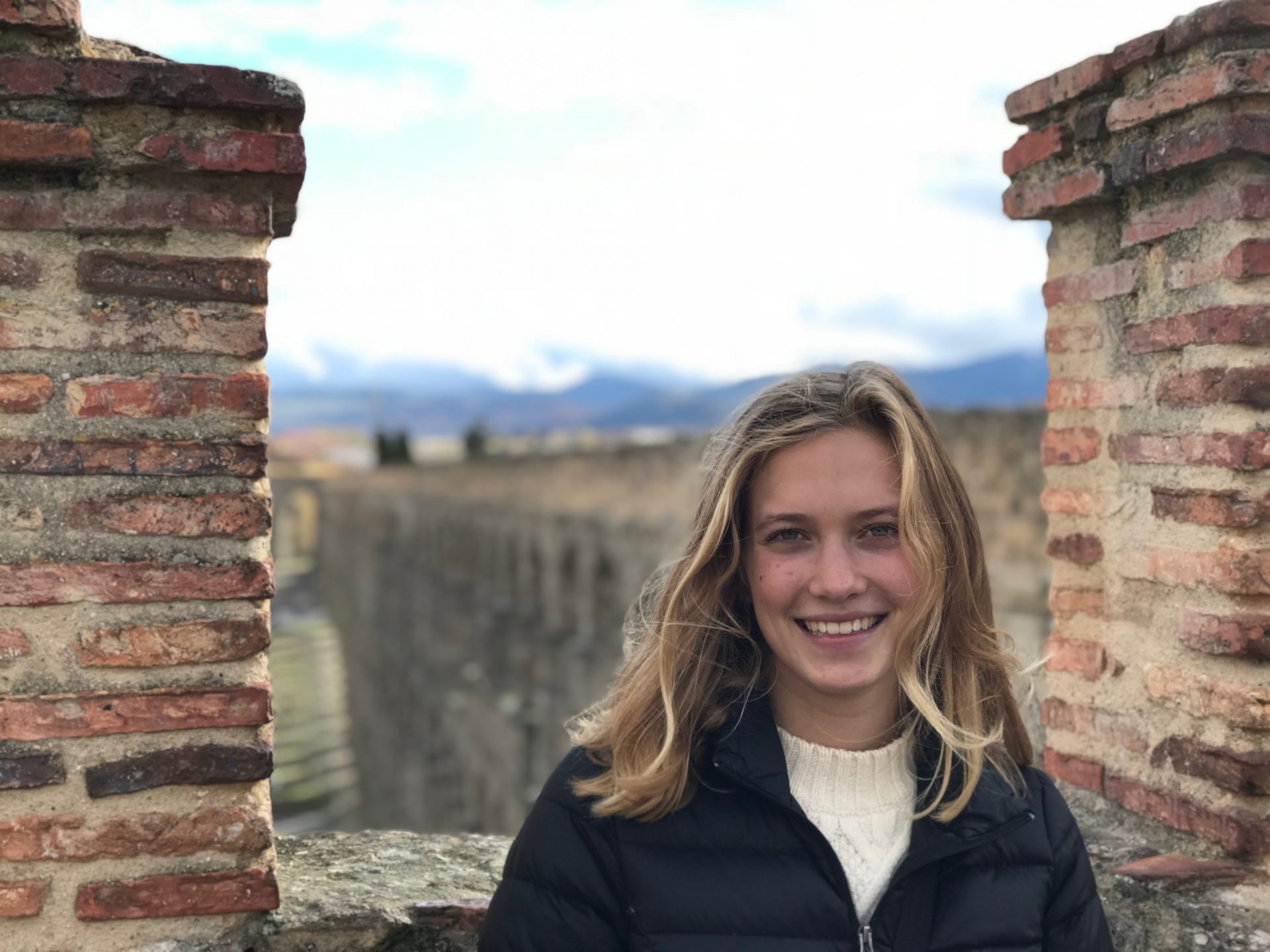Interning in the midst of COVID-19: CEE undergrad shares her experience

Rovi Porter is a Junior in MIT’s Department of Civil and Environmental Engineering.
With all the craziness of Covid-19, being sent home, and constantly trying to soak in all the new information, my summer internship was not my top priority. Being a course 1 environmental engineering student, I wanted to use summer 2020 to learn more about the business sector, as I had done research the previous two summers.
I combed through google results and scoured handshake and glassdoor to find any companies in the Washington area, to be close to my sisters. However, I did not have much luck. In April, as I was still attempting to find an internship, many companies I had applied to had paused hiring due to the uncertainty with the Covid-19 situation. As a part of my internship search, I reached out to Eric Lau, an MIT alumnus from Hawaii, who’s working at Element Environmental
(E2), an environmental consulting firm on Oahu. Three weeks later we were calling to talk about what the internship would entail and more about the company. We decided that due to the lock down in Hawaii we would start the internship remotely and then see when it was safer to do in person.
My first project at E2 was to comb through reference documents to determine what regulation limits were used on each site and compare them to current regulation standards. Based on the different sites, it ranged from levels of Polychlorinated BiPhenyls (PCBs) to levels of lead and arsenic. It was really cool to read about the harmful chemicals that I had learned about in 1.080 Environmental Chemistry being taken out of the environment and background on how it got there. This first project really exposed me to the different environmental laws that govern what concentrations and methods are allowed to be discharged into the environment. I got to sit in on a discussion hosted by the National Association of Environmental Professionals surrounding what the Supreme Court’s Clean Water Act decision means for future groundwater permitting.
After listening in on this meeting, I realized that unclear laws can make it difficult for companies and counties to determine the extent that reparations are needed, but it can also be difficult to set specific laws as each individual case is unique. After talking with some of the other staff at E2 I found how big of an impact academia has on the field, as one of the current workers at E2 did his PHD studying how higher ratios of N-15 to N-14 in Ulva (an algae) indicated the presence of wastewater. And now when doing water quality surveys, they actually look at that ratio, meaning his method is already being utilized!

The next part of my internship was learning how to use and create macros. Macros are essentially coding for word or excel where you can do a lot of formatting and data manipulation. Haley Nakamura, a fellow intern from Hawaii and MIT student, and I were assigned with figuring out how to split a merged word document and save each new doc under specific names. We struggled with section breaks, formatting issues, and missing headings, but finally after countless google searches, Haley and I were able to produce a working macro. Previous coding classes really helped me understand and generate code for the macros which uses visual basic. Soon after, we were coding macros for excel that would format hundreds of buildings, identifying positive asbestos – a cancerous fiber – found in samples from the buildings. After learning the syntax of visual basic I finally realize why people write word or excel on their resumes.
One of my favorite parts of the internship was going out and doing field work, or as the interns like to call it, “field trips”. Especially since we would be driven out to the site and we would each bring home lunch. One time we helped collect soil samples from a reservoir that they wanted to dredge to determine if there were any harmful contaminants which would dictate where and how they would dispose of the soil. This reminded me of 1.107 when Professor Kroll got sediment samples from the bottom of the Charles river and we had to test for heavy metal concentrations.

But this time we were sending the soil samples to the lab to do the testing for us. For a different project, we got to use an x-ray fluorensece (XRF) device to find concentrations of heavy metals in soils collected from what was likely an old landfill. Crazy enough, the soil we sifted through and bagged for sampling did have high concentrations of arsenic, which means it was a good thing we had our Personal Protective Equipment (PPE). But this wasn’t the first time I had seen an XRF. The first was when Professor Admir Masic had used an XRF to find the composition of different paints in Italy – part of the 1.057 class.
When I first began this internship, I was ready to have to do a lot of research to catch up on all of the information I did not know, but I was surprised to find out that a lot of the field work was taking samples, similar to how we did in Professor Kroll’s environmental lab class. The staff at E2 have really taught me a lot about the environmental field and I’m incredibly grateful for the opportunity.


